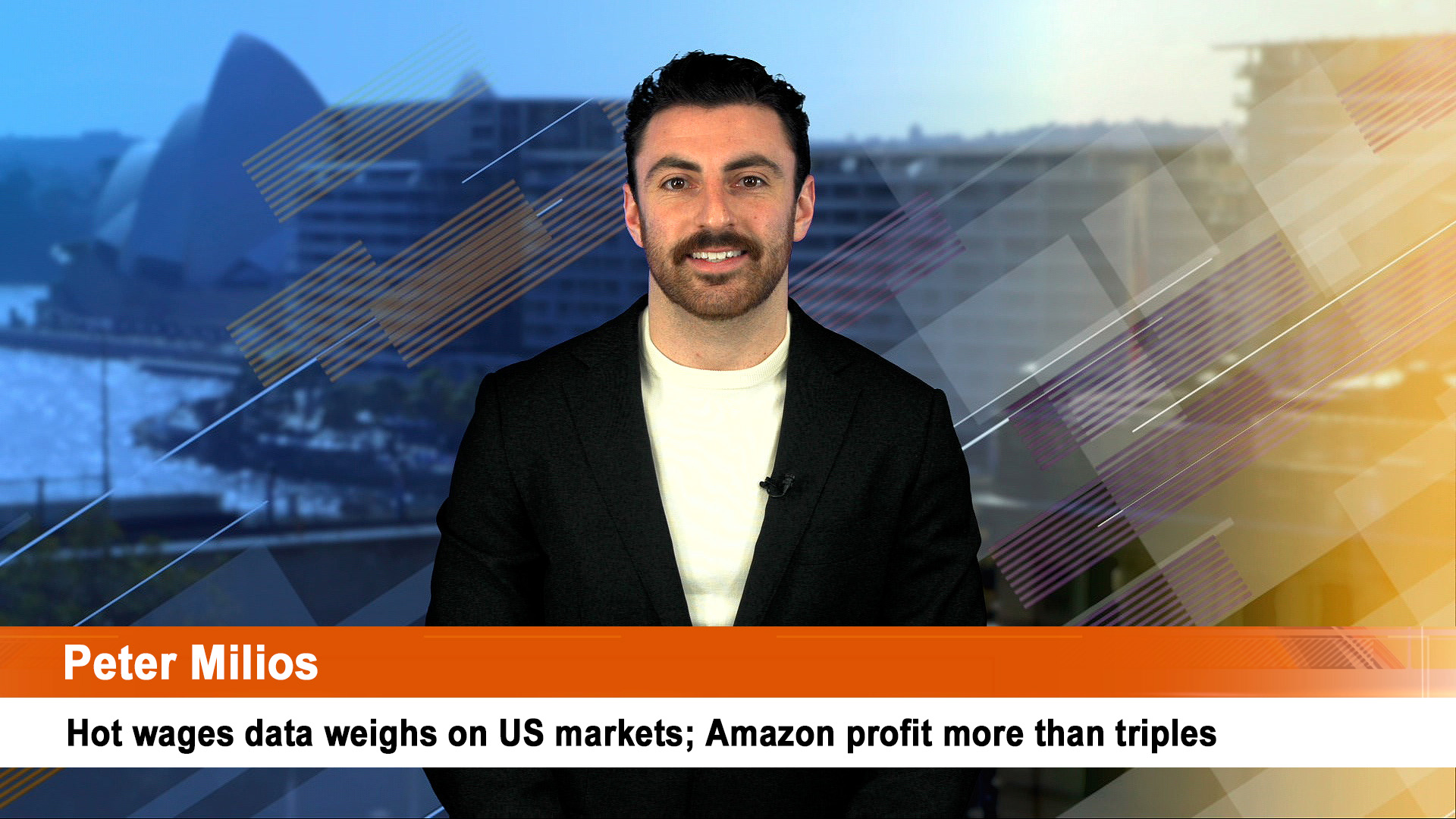A veritable plethora of earnings reports through the ASX today, from which we have sifted those by Treasury Wines, Cochlear and Vicinity Centres for your consideration.
…………
Treasury Wine Estates (ASX: TWE) continues to show that it continues to shake off the unfair super tariffs imposed by China back in 2020, with shareholders also benefitting with a 20% lift in interim dividend.
While sales revenue inched higher by 1.4% to $1.3 billion in the December half year, statutory after tax jumped 72.5% to $188.2 million.
TWE said its profit margin improved by 3.2 percentage points to 23.9% as the continuing diversification into other Asian countries and a China-made red wine paid off
“Global wine category consumer trends remain broadly consistent, with Luxury wine continuing strong growth trends in all of TWE’s key markets,” the company told the ASX on Wednesday.
“Consumption and market trends for entry-level Premium wine in the US and the UK, and Commercial wine globally, were softer in 2Q23 relative to expectations, contributing to volume declines for Treasury Americas and Treasury Premium Brand.
“The expansion of Penfolds multi-country of origin portfolio was a highlight in 1H23, with the inaugural French Collection release and the launch of One by Penfolds, including Penfolds first wine produced in China,” TWE revealed.
CEO Tim Ford said in the ASX release CEO Tim Ford commented:
“We are very pleased to have delivered strong progress towards our financial growth objectives in 1H23, with EBITS growth of 17% driven by improved revenue per case and EBITS margin expansion across all divisions.
“Our luxury wine portfolios in particular continue to perform exceptionally well across all markets and channels, and the fundamentals of the category are expected to remain strong at these higher price points.
“We consider this set of results to be an important and additional proof point of our teams’ ability to navigate the changing and variable economic, consumer and market dynamics, whilst maintaining our focus on the delivery of our financial objectives.”
Interim dividend was boosted 16.7% to 18.0 cents per share fully franked and a payout of 67% of net profit after tax.
TWE said it remains on track to deliver strong EBIT growth and EBIT margin expansion in in the rest of 2022-23, “with trading conditions for the remainder of the year expected to remain broadly consistent with those in 1H23.”
Investors didn’t like that and sold the shares down 6.9% to $13.34.
…………
Cochlear (ASX: COH) shares jumped more than 7% yesterday after announcing a buyback of least $75 million of its shares, news which helped divert attention from what looked like a weak set of earnings figures and a flat dividend.
The buyback will start next month and the news dominated market headlines instead of the 16% slide in net profit to $142 million for the six months to December.
Cochlear blamed higher operating costs in the recovery from the pandemic which could offset a solid rise in sales of its namesake implants.
The real positive from the result was that sales were up 9% to $892.6 million, while revenues from emerging markets grew by around 20% over the half year. Sales in the more developed markets were only up around 10%.
Cochlear shares ended up 7.7% at $225.28 as investors responded to the buyback and solid sales figures.
The number of Cochlear implant units actually grew 14% in the December half year versus the same period last year which is a really good top-line growth number and the new Nucleus 8 unit has been launched in the huge US market.
On an underlying basis, stripping out one-off gains from the first half of last year, net profit was still down 10%, thanks in part by a $14 million increase in cloud-computing related expenses.
The growth is a positive from the ending of the Covid lockdowns, social distancing and other restrictions which hindered Cochlear’s sales for two years or more.
Dividend was set at $1.55 a share for the six months, unchanged from a year ago. That was a payout ratio of 72% which is a bit high for a company with a lot of research to spend its money on.
Cochlear reaffirmed its guidance for the remainder of the financial year. It is expecting underlying net profit in the range of $290 million to $305 million, which will be a 5% to 10% increase on FY 2022’s underlying net profit or an increase of 8% to 13% when adjusted for the increase in cloud computing‐related expenses.
That was a positive from yesterday’s report.
…………
It was a confident interim result and improved outlook issued yesterday by national shopping mall operator Vicinity Centres (ASX: VCX).
On the strength of the upgrade in full year Funds from Operations and Distribution (on an adjusted basis), Vicinity doesn’t seem to be expecting any hits from the slowdown in retailing activity revealed by more and more of its tenants, especially chains like JB HiFi.
The upgrade was a surprise given the absence of any massive up valuations in the value of its shopping centre operator in the six months to December – in fact there was a small loss.
Vicinity was rather confident about its ability to trade through any challenge.
“From a consumer demand perspective, the Australian retail sector continues to be a benefactor of an extremely tight employment market and robust household income growth and savings rates.
“That said, we are mindful of the impact of rising interest rates and increased costs of living on Australian households in the near term and we expect the rate of retail sales growth to moderate in 2H FY23.
“Vicinity remains well positioned in a rising interest rate environment given our consistent and prudent approach to managing interest costs. With 81% of our drawn debt hedged over FY23, and a very modest step down in FY24, we will maintain an active focus on hedging this year and in the years ahead.”
On a Statutory basis, Vicinity Centres’ statutory net profit after tax fell to $176.3 million in the first half of the 2023 financial year, from $650.2 million in the same period of 2021 (because of big revaluations a year earlier).
Valuations fell by just over $109 million, leaving the company depend on its basic income – funds from operations (FFO) of $357.1 million which was up from the $287.7 million a year earlier, or FFO of 7.84 cents per security against 6.32 cps.
Adjusted FFO (‘AFFO’) was $332.8 million or 7.31cps against $254.1 million, 5.58cps and the latest interim distribution of 5.75cps, a payout ratio of 79% of AFFO. That was up sharply from the 4.7cps a year ago.
Directors said that had revised full year earnings guidance revised and FFO per security and AFFO per security are now expected to be in the range of 14.0 to 14.6 cents (up from 13 to 13.6cps) and 11.8 to 12.4 cents (up from 10.9 to 11.5 cps), respectively.
That’s why the price of the securities rose more than 2% to $2.05.













